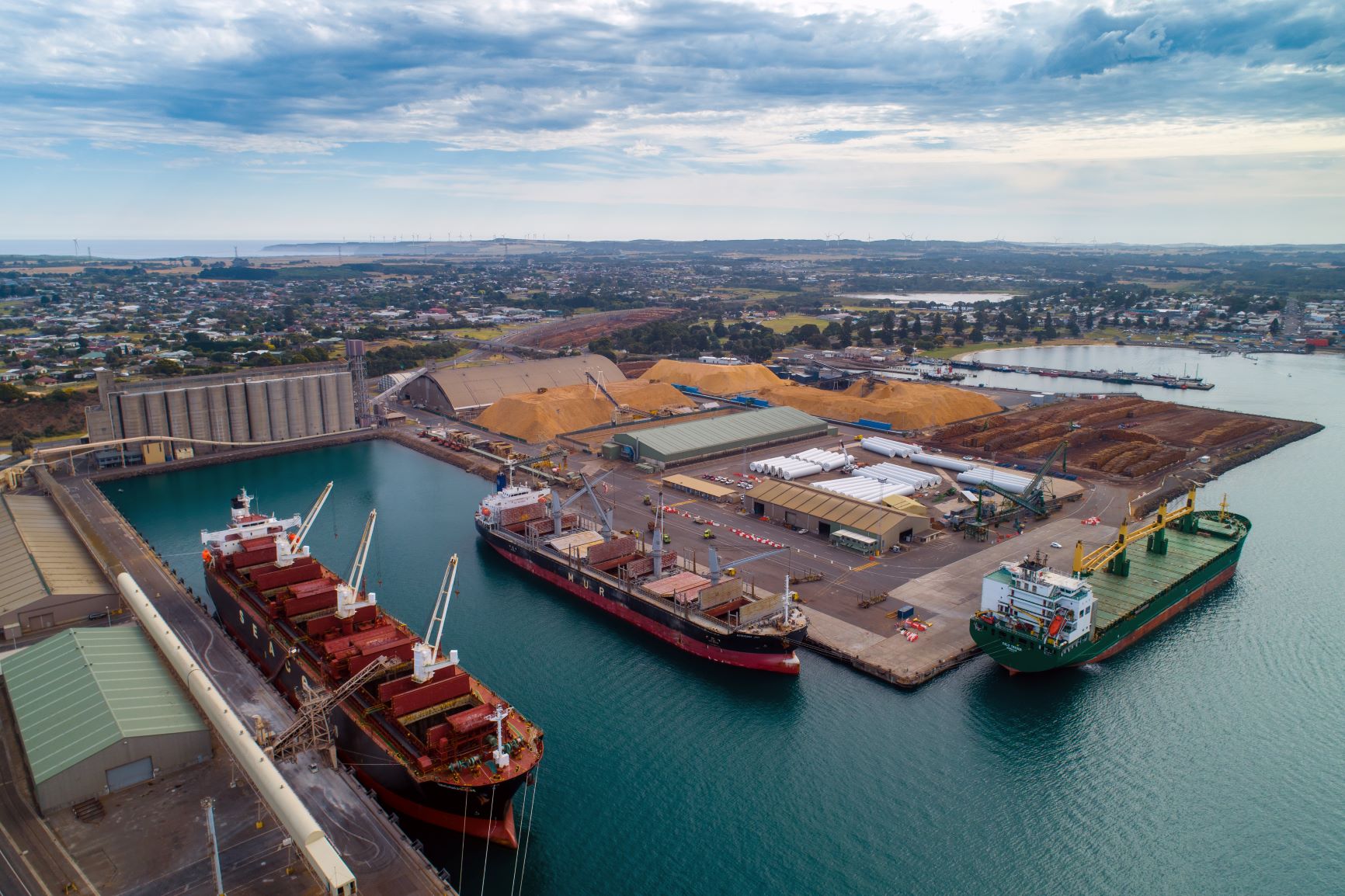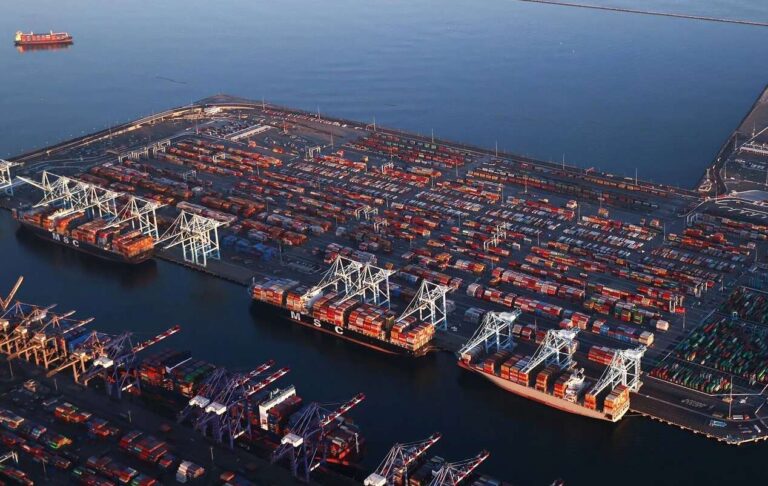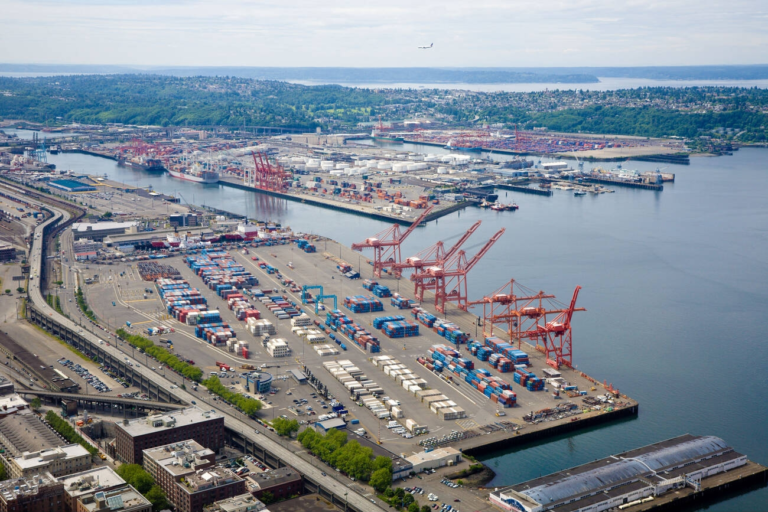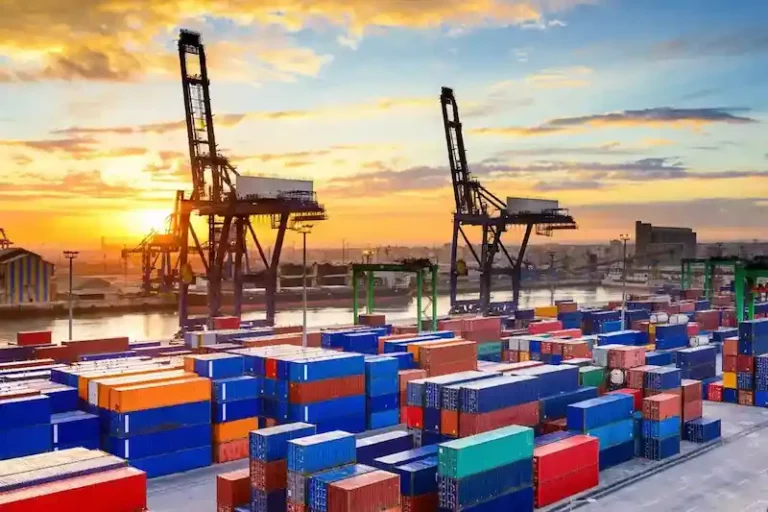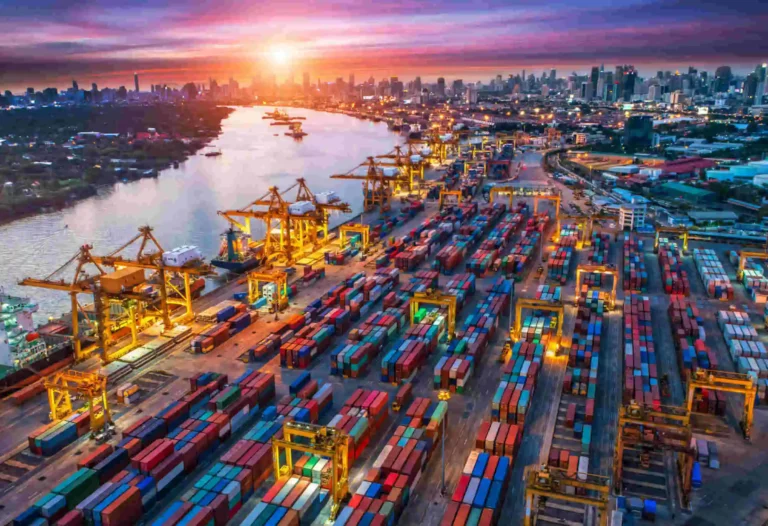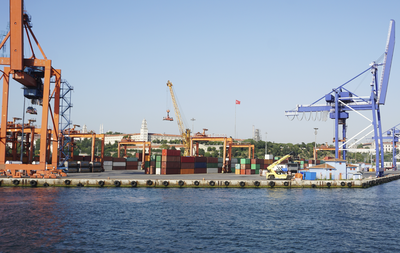The Port of Portland: Bridging Economies with Sustainability and Innovation
Settled along the scenic shores of the Columbia and Willamette Rivers, the Port of Portland stands as a shining example of how a maritime gateway can balance economic growth with environmental stewardship. With its strategic location and commitment to sustainability, the port has become a vital driver of regional and national economies. In this blog, we will delve into the rich history, innovative infrastructure, economic significance, sustainability efforts, and unique character of the Port of Portland.
A Rich Maritime Heritage
The Port of Portland’s roots trace back to the 1800s when pioneers and settlers recognized the potential of its natural harbors. Over the years, the port evolved into a bustling hub for trade, connecting the Pacific Northwest to global markets. Nestled in the heart of a thriving region known for its abundant natural resources and diverse industries, the Port of Portland has played a pivotal role in shaping the economic landscape of Oregon and the surrounding states.
Modern Infrastructure and Economic Significance
The Port of Portland boasts modern and efficient infrastructure, positioning it as a key player in America’s international trade. The port’s terminals, such as Terminal 6 and Terminal 4, are equipped with advanced technology and equipment that streamline cargo handling and optimize operational efficiency.
As a significant gateway for agricultural and manufactured goods, the Port of Portland facilitates the export of Oregon’s renowned agricultural products, including wheat, hay, and fruits, to global markets. Additionally, the port serves as a crucial conduit for imports, ensuring the efficient flow of consumer goods, automobiles, machinery, and other commodities vital for regional and national industries.
Sustainability at the Core
In an era where environmental consciousness is paramount, the Port of Portland has emerged as a leader in sustainable port operations. Recognizing the importance of preserving the Pacific Northwest’s natural beauty and resources, the port actively embraces eco-friendly initiatives and technologies.
Efforts to reduce greenhouse gas emissions, conserve energy, and implement sustainable transportation solutions are integral to the port’s mission. By collaborating with stakeholders and community partners, the Port of Portland actively contributes to the region’s transition to a greener and more sustainable future.
Innovating for Tomorrow
Embracing the spirit of innovation, the Port of Portland continually seeks to stay ahead of the curve in the dynamic maritime industry. By investing in digitalization and adopting state-of-the-art technologies, the port enhances efficiency, optimizes supply chain management, and improves customer experiences.
Furthermore, the port actively engages in exploring emerging trends and solutions, such as alternative fuels and smart logistics, to bolster its position as a leading maritime hub.
A Unique Sense of Place
The Port of Portland’s unique character is deeply intertwined with the vibrant and diverse communities it serves. Beyond its economic significance, the port fosters a sense of community and cultural exchange, promoting inclusivity and understanding.
In addition to its maritime activities, the port collaborates with local organizations to support community initiatives, creating an environment where commerce and compassion go hand in hand.
Cargo Volume
The Port of Portland, located in Oregon, handles a significant volume of cargo each year, contributing to its vital role as a major maritime gateway on the West Coast of the United States. Annually, the port processes millions of metric tons of diverse cargo, ranging from agricultural products and automobiles to industrial machinery and consumer goods.
The port’s strategic location along the Columbia and Willamette Rivers enables efficient connections to regional and international markets. With a network of modern terminals and state-of-the-art cargo-handling facilities, the Port of Portland ensures smooth and seamless movement of goods, bolstering its appeal to global shipping lines and businesses alike.
Conclusion
The Port of Portland’s considerable cargo volume, diverse imports and exports, focus on security and compliance, and commitment to sustainability underline its significance as a vital maritime gateway on the West Coast. Embracing its unique sense of place, the port continues to thrive, fostering economic prosperity while preserving the natural beauty and resources of the Pacific Northwest. As a dynamic and forward-looking port, Portland’s maritime activities exemplify how responsible practices can bridge prosperity and environmental stewardship, shaping a prosperous and sustainable future for the region and beyond.
